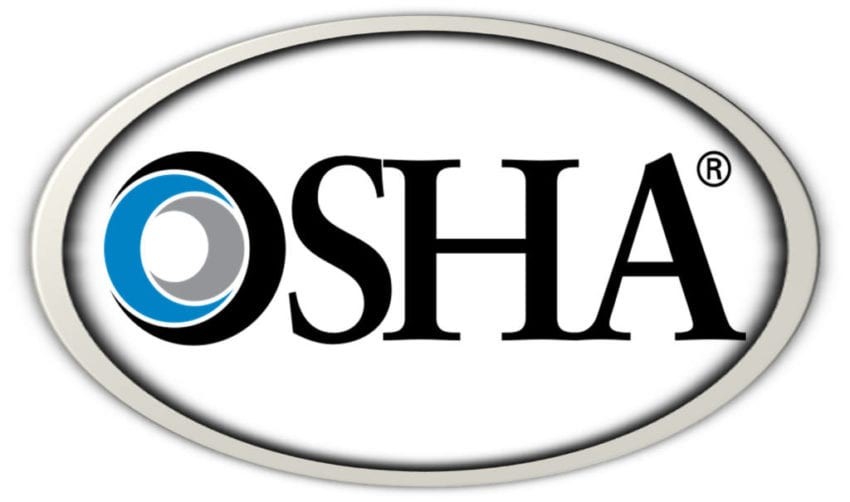
Understanding OSHA standards is essential for any business committed to ensuring a safe and healthy workplace. The Occupational Safety and Health Administration (OSHA) sets and enforces regulations to protect workers from hazardous conditions. By implementing OSHA standards, businesses not only comply with legal requirements but also promote a culture of safety that benefits both employees and the organization as a whole. Adhering to these standards can prevent workplace accidents, reduce liabilities, and increase overall productivity.
The Importance of OSHA Standards
OSHA standards are crucial for maintaining workplace safety and protecting employees from potential hazards. These regulations cover a wide range of industries, ensuring that all workplaces, from construction sites to offices, operate under safe conditions. Understanding OSHA standards is vital for businesses to avoid costly fines, legal penalties, and the risk of reputational damage. Furthermore, these standards are designed to minimize workplace injuries and fatalities, safeguarding both employees and the company’s long-term success.
Complying with OSHA regulations also has financial benefits. A safe workplace reduces accidents, which lowers workers’ compensation costs, prevents lost workdays, and increases productivity. In addition, many businesses find that prioritizing safety improves employee morale, which can reduce turnover rates. Employees who feel secure in their work environment are more likely to perform efficiently, further driving business success.
Key Areas Covered by OSHA Standards
When understanding OSHA standards, it’s important to recognize the various areas they cover. OSHA regulations encompass general workplace safety, construction, maritime, and agriculture sectors, addressing different risks inherent to each industry. These standards include rules related to hazardous materials, protective equipment, emergency preparedness, and machinery operation.
One critical area OSHA addresses is fall protection, which is particularly relevant in industries like construction and manufacturing. Fall-related injuries are among the leading causes of workplace fatalities. OSHA standards mandate that employers provide appropriate safety equipment, such as guardrails, harnesses, and safety nets, to protect employees working at heights. By adhering to these standards, businesses can drastically reduce fall-related accidents.
In addition, OSHA emphasizes the importance of hazard communication. Employers must ensure that employees are informed about the dangers of working with chemicals and other hazardous substances. This includes providing proper labeling, safety data sheets, and training on how to handle materials safely. Understanding OSHA standards related to hazard communication helps businesses prevent chemical-related accidents and injuries.
Implementing OSHA Standards in the Workplace
To fully comply with OSHA standards, businesses must take proactive steps to integrate safety practices into their operations. The first step is conducting regular workplace assessments to identify potential hazards. These assessments help businesses create a safer environment by pinpointing risks that may not be immediately obvious. Once hazards are identified, employers must implement control measures, such as safety equipment or revised processes, to mitigate risks.
Employee training is another critical component of understanding OSHA standards. Employers must provide comprehensive safety training to all employees, particularly those working in high-risk environments. This includes educating workers on emergency protocols, proper equipment use, and how to report hazards. Regularly updating training materials ensures that employees stay informed about the latest OSHA requirements and best practices.
Maintaining clear communication channels between management and staff is essential for fostering a culture of safety. Employees should feel comfortable reporting safety concerns without fear of retaliation. By encouraging open dialogue, businesses can address potential hazards quickly and prevent accidents before they occur. Moreover, businesses should establish written safety policies that clearly outline procedures for adhering to OSHA standards.
Benefits of OSHA Compliance
Understanding OSHA standards and maintaining compliance offer several benefits beyond legal adherence. One of the most significant advantages is the reduction of workplace injuries and illnesses. Fewer accidents mean lower workers’ compensation claims, reduced downtime, and improved productivity. This creates a more efficient workforce, as employees can focus on their tasks without the distraction of unsafe working conditions.
Compliance with OSHA standards also enhances a company’s reputation. Customers, clients, and business partners prefer to work with organizations that prioritize safety. Demonstrating a commitment to workplace safety can give businesses a competitive edge in the marketplace. Furthermore, OSHA compliance can lead to insurance discounts, as many insurers offer reduced rates to businesses with exemplary safety records.
Another benefit is the potential for reduced regulatory scrutiny. Businesses that consistently meet OSHA requirements are less likely to face surprise inspections or fines. This allows organizations to operate smoothly and focus on their core operations without the distraction of potential regulatory issues.
Overcoming Challenges in OSHA Compliance
While understanding OSHA standards is crucial, implementing them can present challenges for some businesses. One common obstacle is the perception that compliance is time-consuming or expensive. Although there may be initial costs associated with purchasing safety equipment or conducting training, these expenses are outweighed by the long-term benefits. Non-compliance can lead to fines, legal fees, and higher insurance premiums, which are far more costly than the investment in safety measures.
Another challenge is staying up to date with changing regulations. OSHA frequently updates its standards to reflect new industry developments and safety technologies. To overcome this, businesses should assign a dedicated safety officer or team to monitor regulatory changes and ensure compliance. Regularly reviewing OSHA’s website and attending industry-specific safety workshops can also help companies stay informed.
Moreover, some businesses may struggle with employee engagement in safety initiatives. To combat this, management should lead by example, consistently reinforcing the importance of safety and recognizing employees who contribute to a safer workplace. Rewarding safety-conscious behavior can create a stronger safety culture and encourage employees to take ownership of their role in maintaining a compliant workplace.
Conclusion
Understanding OSHA standards is an essential responsibility for any business committed to creating a safe and productive work environment. By adhering to these regulations, businesses protect their employees, reduce operational risks, and enhance their reputation in the marketplace. The long-term benefits of OSHA compliance, including reduced costs, improved productivity, and stronger employee morale, far outweigh the challenges associated with implementation. For organizations looking to sustain growth while ensuring the safety of their workforce, prioritizing OSHA standards is a crucial step toward success.

